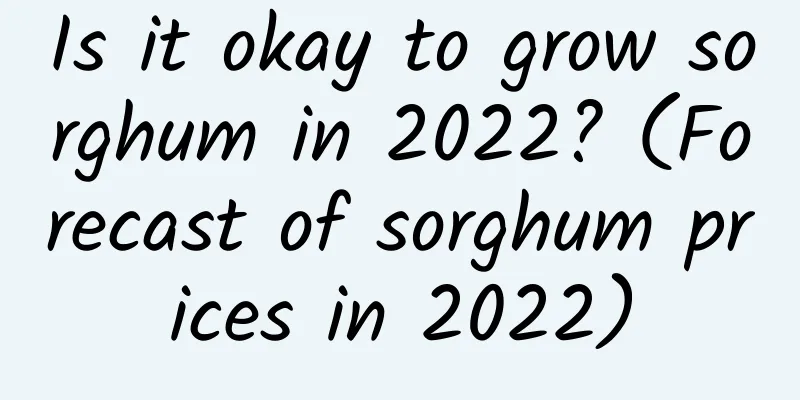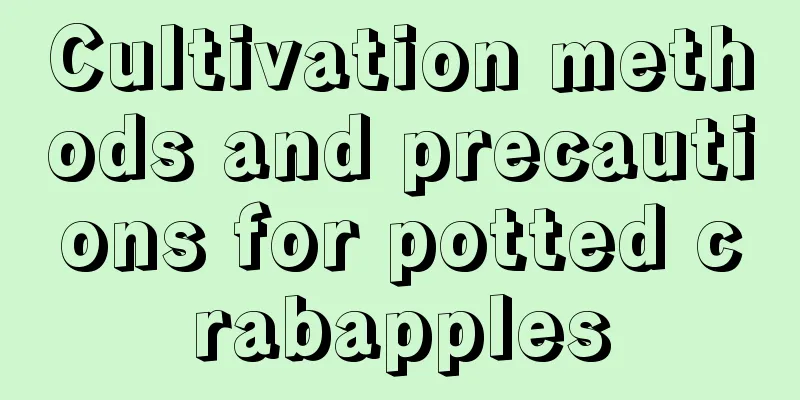What to do if the roots of hydroponic Anthurium rot

|
The growth of hydroponic plants is often not as strong as that of soil-grown plants. The amount of water in the container is not well controlled, the water is added too full, the water is not changed frequently, and the oxygen content in the water is low; if there is too little water, the roots of the plants lack water and grow slowly. All these reasons can lead to root rot. So the key to hydroponics is water! Change the water regularlyRegular water changes can promptly remove mucus secreted by plant roots, residual nutrients, and algae breeding, etc., to ensure clean water quality. The interval between water changes varies with the season. Generally, the water can be changed every 5-7 days in spring and autumn, every 7-10 days in winter, and every 2-3 days in summer when the temperature is high. During the water change interval, add water appropriately according to the amount of water in the container. Be careful not to fill the water too full when changing the water. Leave at least 1/2 of the anthurium roots above the water surface so that the exposed part can absorb enough oxygen. Oxygenation measuresLack of oxygen in water is the main cause of root rot, and the dissolved oxygen content in the water should be increased in a timely manner. The best way to add oxygen to water is to keep the water moving. You can hold the plant in one hand and shake the vase with the other hand. Shaking for one minute can increase the dissolved oxygen content in the water by 30%. You can also drop a little hydrogen peroxide into the water ; or take out the anthurium first and use an oxygen pump used for fish farming to "oxygenate" the water. Environmental ControlAnthurium hydroponica grows basically completely exposed to the environment, so it is particularly important to control its surrounding environment. The plants should be placed in a place with scattered light; the temperature should be controlled, not higher than 28 ℃ in summer and not lower than 14 ℃ in winter; the ambient humidity should be appropriately increased, the indoor relative humidity should reach more than 80% , and the humidity can be increased by spraying water. TreatmentWhen changing water, check the root growth of Anthurium frequently. If any root rot occurs, cut it off immediately. If the stem is also rotten, cut it off as well. Soak the treated plant roots in 1000 times potassium permanganate solution for 30 minutes for disinfection, then replace with clean water. Be careful not to add nutrient solution to the water. Change the water every 1 to 2 days, and maintain normally after new roots grow out. |
<<: Treatment methods for root rot of Weeping Goddess of Water
>>: Identification and Treatment of Root Rot in Potted Plants and Trees
Recommend
Can the Dancing with the Wind be repotted in summer? Pay attention to root pruning, watering and sun exposure
Can the Dancing with the Wind be repotted in summ...
How to prune Pyracantha
Pyracantha ball pruning Pyracantha is often prune...
How to transplant spider plants so that they can survive
Preparation Scissors, soil, flower pot, spider pl...
Where are apples grown and distributed?
Where do apples like to grow? Apples generally li...
How to grow white orchids in autumn
1. Lighting It is a sun-loving plant, and suffici...
How to prune yellow broom
When to prune the Vitex nigra Yellow broom is usu...
How long does it take for blueberry cuttings to take root? How to root the cut branches?
Blueberry cutting rooting time Blueberry cuttings...
What is cauliflower?
What is cauliflower? Cauliflower belongs to the C...
How to grow Albizia Julibrissin
1. Lighting It needs a relatively bright full-sun...
How to grow succulent corn stone
Growth habit If you want to know how to grow it w...
How to grow woodruff
1. Breeding methods 1. Light: Osmanthus fragrans ...
When do sunflowers start to be planted?
Sunflower is a common garden plant suitable for p...
3 fool-proof sowing methods, 100% germination! Planting seeds is not as difficult as you think!
Plastic bottle sowing method saves money and worr...
Loofah Planting Methods and Techniques
Luffa is popular for its strong environmental ada...
Can bougainvillea be planted in the ground?
Can bougainvillea be planted in the ground? Bouga...









